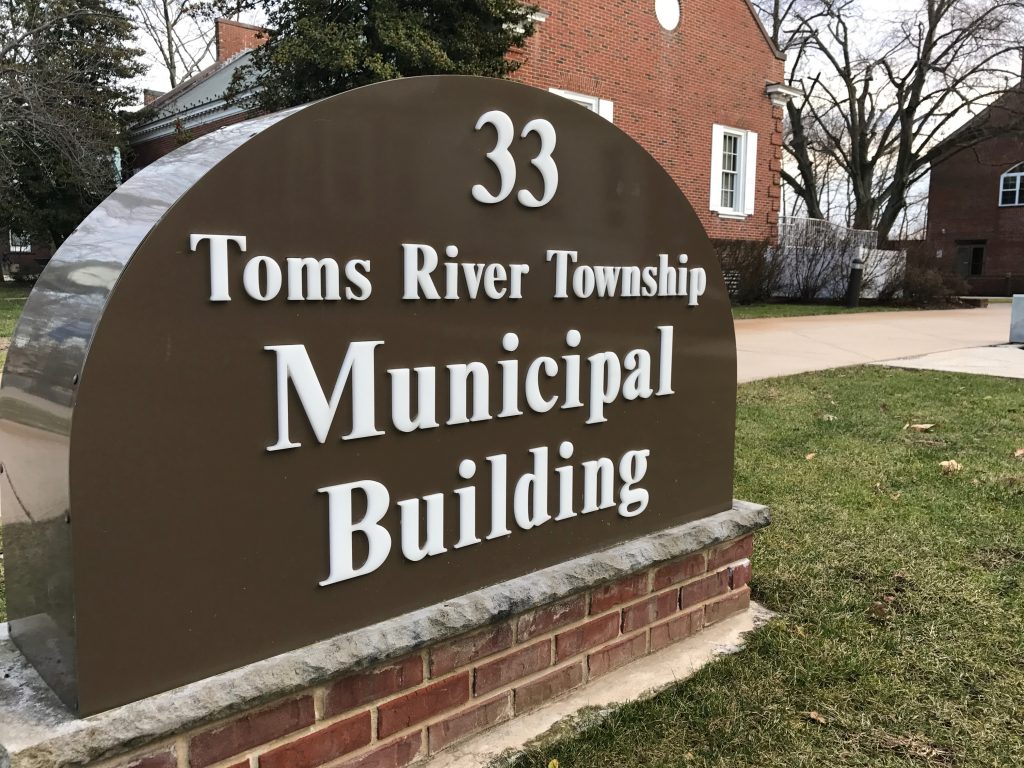When a pandemic coincides with a legally-mandated property revaluation, is it appropriate to allow appraisers into one’s home?
Toms River officials are waiting on state guidance to answer that question as the revaluation effort continues to move on. Notably, the city of Philadelphia postponed its planned revaluation until 2023, and Readington Township (Hunterdon County) suspended their revaluation while it was underway.
“At this point, they are still doing exterior only,” said Township Engineer Robert Chankalian. “We’re waiting on the direction of the state to see if they’re going to do some type of virtual [inspection] or if they’re going to require some sort of an affidavit.”
Under the affidavit option, homeowners would certify their home’s features and its condition, and a determination of a property’s overall value would be assigned based on a formula.
Officials said the township’s revaluation is moving west-to-east. Homeowners in the Silverton section are now undergoing exterior inspections by property appraisers.
Last fall, Professional Property Appraisers was awarded a contract to perform the town-wide revaluation for $2,348,650 – far less than the nearly $4 million that officials initially estimated it would cost.
Toms River’s ratable base is estimated to be valued at 79 percent of its worth, triggering a state policy that requires a revaluation when the assessed values slip below 85 percent of market value. This does not mean taxes will increase by 21 percent – it simply means rates will be based on a property’s market value. The municipal budget, not assessments, determine how much tax money is to be raised each year. Generally, governmental officials hold that a revaluation will result in about one-third of residents receiving a tax increase, one-third receiving a decrease and one-third maintaining the same approximate tax burden.


Police, Fire & Courts
South Toms River Man Charged in Violent Murder of Wife

Police, Fire & Courts
Toms River Man Sentenced to Prison for Assault, Eluding, Robbery, Threats








